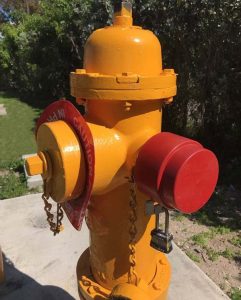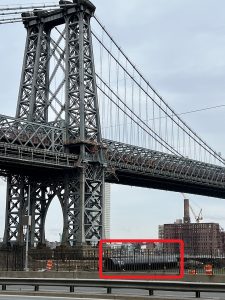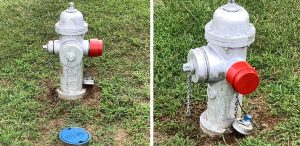
In Daly City, Calif., an 8-inch cast iron pipe installed in the 1930s breaks, sending 45,000 gallons of water downhill and damaging houses and vehicles. In a suburb of Washington, D.C., a 54-inch concrete cylinder pipe fails, threatening to leave an estimated 200,000 residents without water for days. In Cherokee County, Ga., a 20-foot section of PVC pipe splits, creating a sink hole.
Water main breaks like these are becoming more common as our water infrastructure ages, and the situation could become direr in the years ahead according to reports from the American Society of Civil Engineers (ASCE) and the American Water Works Association (AWWA).
Approximately 240,000 water main breaks occur each year in the U.S., according to the ASCE’s 2013 Report Card for America’s Infrastructure that was released in April 2013. The grade given to our nation’s drinking water and wastewater infrastructure was a D, which indicates many parts of our systems are approaching the end of their service life. The report noted that although the quality of drinking water in the U.S. remains universally high, we must address these infrastructure needs now to ensure the reliability of our water systems and the safety of our water.
Similar findings were published in the AWWA 2012 report, “Buried No Longer: Confronting America’s Water Infrastructure Challenge.” The AWWA report showed that more than $1 trillion was needed over the next 25 years to repair and expand existing U.S. drinking water infrastructure. AWWA estimates that more than one million miles of water mains are in service across the U.S.
“I don’t think anyone who is involved with the water industry is surprised by these reports,” said AMERICAN Ductile Iron Pipe Sales Engineer Rosemary Smud, who also serves as a vice president for AWWA. “People can see roads, bridges and structures that are in need of repair, but they can’t see the pipe underneath the streets. It’s an example of out of sight, out of mind. Most people don’t realize there is a problem until they don’t have water.”
“Ductile iron pipe is made for the long haul. The ‘Buried No Longer’ report found that ductile iron had the longest life cycle when compared to other pipe materials. This speaks volumes about the product we’re making, and why it’s the best choice for water utilities.”
Although cast iron pipe has an average lifespan of between 75 and 100 years, most of our current water and wastewater infrastructure was installed more than 100 years ago. More than 600 utilities in the U.S. and Canada have had cast iron mains in continuous service for more than 100 years, and at least 23 utilities have had cast iron pipe in continuous service for more than 150 years. The successor to cast iron, ductile iron pipe is an equally durable, environmentally-friendly product made from recycled scrap materials that is designed to last for decades.
Ductile iron pipe is also the SMaRT choice for infrastructure development. SMaRT certified products are rated on product sustainability by the Institute for Market Transformation to Sustainability, and ductile iron pipe received the sustainable “gold” rating. This rating is based on numerous criteria including environmental safety, energy reduction and use of recycled materials.
Aging infrastructure is just one aspect of the problem. “The biggest issue with our water and wastewater infrastructure is funding,” said Christopher Jarrett, manager of the AMERICAN Ductile Iron Pipe Orlando District Sales Office and member of the AWWA executive committee. “We all know we have aging pipelines in the ground, and treatment plants that need upgrading. Now we need the funding to get the work done.”
In April of this year, Jarrett said about 200 AWWA representatives spent two days in Washington, D.C., to discuss the creation of the Water Infrastructure Finance and Innovation Authority (WIFIA) with legislators. WIFIA cleared the first stage in a Senate Committee and is currently with a House Committee. Jarrett said the initiative is gaining momentum in Washington, and AWWA representatives want to keep it moving forward.
“The real problem is public awareness,” said Jarrett. “In the water and wastewater industry, we’re victims of our own success. We make great products such as ductile iron pipe and gate valves that last a long time. People are used to waking up each morning and having water to brush their teeth and to shower, but it takes a lot of investment to make that happen.”
For more information on the ASCE’s 2013 Report Card for America’s Infrastructure, click here.
To learn more about AWWA’s initiatives to support infrastructure financing and view its 2012 report, “Buried No Longer,” click here.




